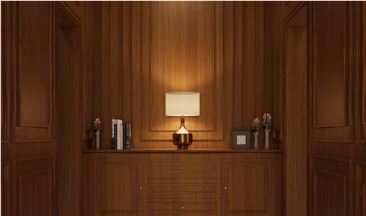If you are choosing materials for your architectural or interior design work, plywood is one of the favourite choices because of its diversity, durability, and aesthetics. But do you have an idea what calibrated plywood is all about?
It’s one of those highly recommended materials by experts like interior designers and architects, especially when quality and accuracy are not a compromise.
In this guide by Kokam plywood, we will explore what calibrated plywood is, why you should care, and how it can elevate your design projects to the next level. If you’re designing elegant interiors or complex architectural designs, understanding calibrated plywood will put you on top.
What exactly is Calibrated Plywood?
In its nature, plywood is actually a sheet product that has been glue-laminated from thin layers of wood veneer or “plies”. But here’s where calibrated plywood breaks off from the rest: it’s plywood that’s been machined to precise thicknesses and tolerances throughout the entire sheet.
The calibration process yields a plywood whose thickness is uniform edge to edge and not prone to the normal fluctuation in thickness that you would find in ordinary plywood.
Why is this significant? The truth is, even slight variations in plywood thickness will result in nightmares to install, especially in high-end cabinetry, furniture making, and upscale interiors where accuracy is the key.
Why Architects and Interior Designers Love Calibrated Plywood?
For architects and interior designers, the devil is in the details. If your project involves relying on smooth finishes, tight joints, and perfectly level surfaces, you simply can’t get out of it for not utilising materials that meet high standards of quality. The following are some of the reasons calibrated plywood is usually the best option:
- Precision and Uniformity
Calibrated plywood from the best plywood manufacturers in India provides consistent thickness, so your cuts and measurements will be accurate each time. This consistency saves on material waste and the use of on-site adjustments, both time-consuming and expensive.
- Better Surface Quality
Due to the calibration process, the surface of the plywood becomes smoother and more even, which is perfect for veneers, laminates, or painting. Smoothness improves the overall finish and appearance of the project.
- Better Structural Stability
Because calibrated plywood is made with more stringent thickness tolerances, it will exhibit greater dimensional stability. This stability provides fewer chances for warping or bending, a crucial factor when the subject is load-bearing or heavy-use applications.
- Effective Utilisation in Modular and Prefabricated Units
In modern construction and interior design, prefabricated and modular units have become common. In these situations, calibrated plywood helps to maintain strict dimensional norms so that faster and more accurate assembly can be attained.
How Is Calibrated Plywood Produced?
Calibrated plywood is produced with a couple more processes than normal plywood. After the veneer sheets are glued together and pressed, the plywood sheet is transferred to a calibration machine. The plywood is programmed by the machine to create the thickness of the plywood consistent all over the entire sheet.
This extra step ensures all sheets are within specified thickness limits, normally to a tolerance of ±0.2 mm or better. This is especially important where even the slightest deviation will create issues.
Uses of Calibrated Plywood in Building and Interior Design
Thus, where do architects and designers typically use calibrated plywood? Here are some standard applications:
- Luxury Furniture
While designing furniture pieces that call for fit and finish, calibrated plywood provides a stable and reliable base material. From wardrobes and cabinets to fashionable tables, it helps achieve tight joints and smooth surfaces.
- Wall Panels and False Ceilings
Equal thickness installation is easier and provides a smooth finish for wall cladding or false ceilings. The calibrated plywood provides a good substrate for veneers or laminates.
- Modular Kitchen Units
Accurate calibration of the plywood is ideal for modular kitchen designs where the components must fit together without overlaps or gaps. It also handles humidity better, making it ideal for kitchen applications.
- Door Skins and Frames
Doors require plywood that will retain its shape and size over a long period. Calibrated plywood reduces the risk of warping and swelling, especially when veneered or painted.
Advantages Over Standard Plywood
You might wonder, “Why not standard plywood and adjust to the variability?” Below is a concise summary of the advantages that calibrated plywood boasts over standard plywood:
- Installation Time: Because calibrated plywood fits so well, installers spend less time working with adjustments or sanding.
- Improved Aesthetics: Smooth, even surfaces carry over to finer finishing work without extra preparation.
- Greater Resistance: Measured plywood is inspected that ensure better endurance against warping or bending.
- Savings on Cost: There are fewer reworks and wastage, so your project stays within budget.
Things to Consider When Selecting Calibrated Plywood
Though there are many advantages of calibrated plywood, there are some considerations that architects and interior designers must keep in mind:
- Cost Factor
Calibrated plywood is more costly than regular plywood due to the added processing. The investment, however, tends to pay dividends in terms of time saved and excellent quality of the end product.
- Availability
Not all suppliers stock calibrated plywood in all veneer types or thicknesses. It’s best to arrange your procurement so as not to delay the project.
- Thickness Options
Calibrated plywood comes in different thicknesses, usually between 6mm and 25mm. Select the thickness based on the structural and appearance demands of your project.
How to Order Calibrated Plywood for Your Projects?
If you require calibrated plywood for your next project, ensure that you clearly indicate the following in your design plans or material list:
- Particular thickness required (e.g., 12mm calibrated plywood)
- Limits of tolerance (usually ±0.2 mm or lower)
- Surface finish (veneer type, laminate, or bare)
- Type of glue (MR grade to ensure moisture resistance or BWP for water resistance, depending on the application)
Being truthful to your contractor and supplier ensures you get the right product with the precision your design demands.
Conclusion
For architects and interior designers, materials that are both functional and beautiful, and of high quality, are not a choice. Calibrated plywood is the best example. While it might cost more to initiate with, the savings in installation speed, finish quality, and longevity are justification enough to employ it on luxurious projects.Should your next project involve precision woodwork, calibrated plywood will allow you to create results that are professional-grade and client-approved. Without further ado, connect with Kokam Plywood, one of the best plywood manufacturers in Lucknow. We will also guide you through the knick-knacks of your project.


